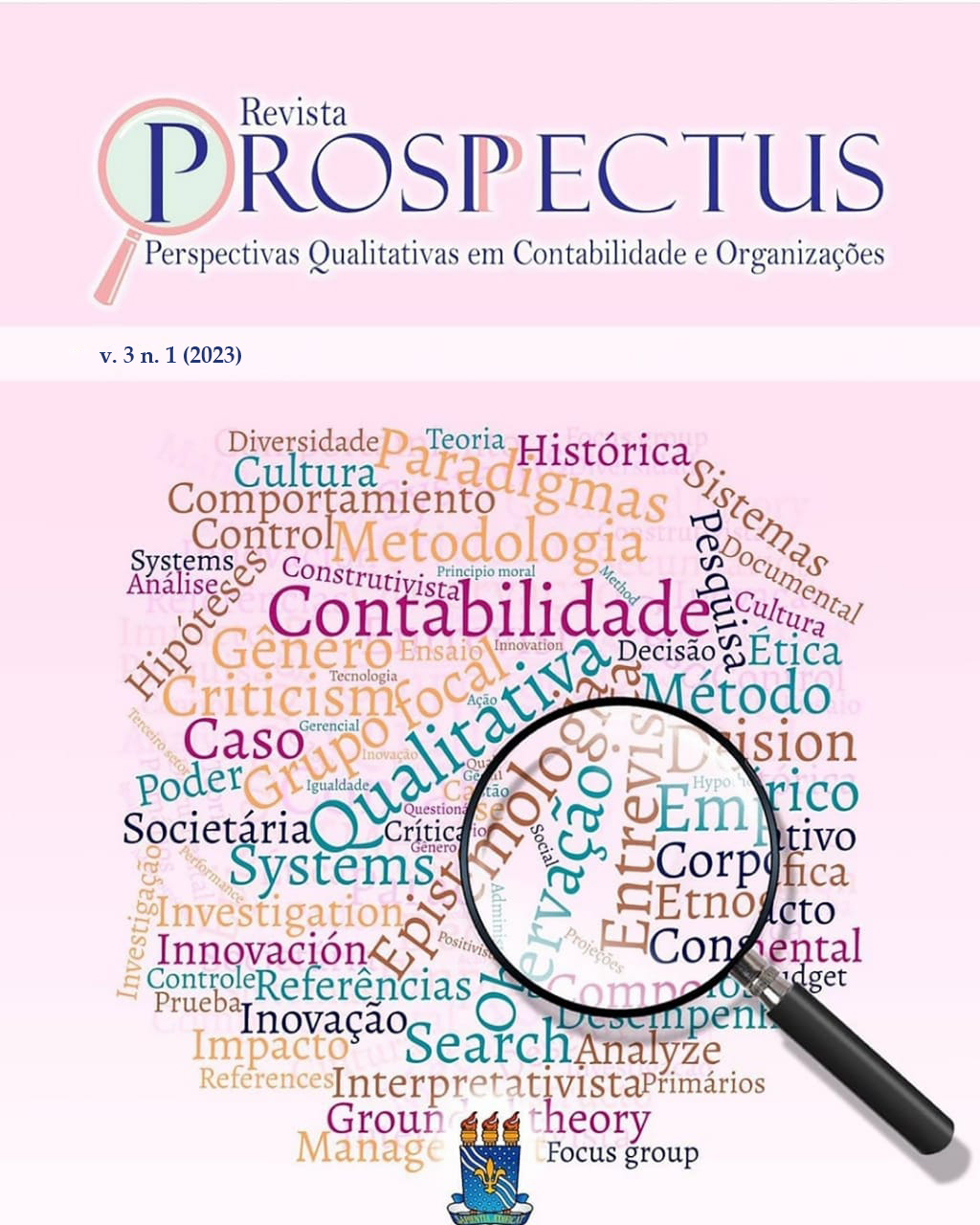Reputation Risk Management through the Triple Bottom Line – A study in a Higher Education Institution
Keywords:
Higher Education Institutions; Risk; Sustainability; Triple Bottom Line.Abstract
ABSTRACT
Objective: To investigate how the use of the Triple Bottom Line (TBL) concept can help manage the reputational risk of a distance HEI.
Method: The case study method was used, adapting the data collection instruments used in the studies by Duarte (2015) and Unglaub, Santos and Santos (2021).
Main Results: The results show that the IES has sought a sustainable balance by trying to apply the TBL concepts, however, it is perceived that the economic pillar is more worked than the others, there is a concern of the IES regarding its intangible assets that can impact the management of reputational risks, until the present moment there was no record of control policies for intangible assets.
Contributions: Professionally, this study contributes by dealing with risk management that is linked to the continuity of the institution, socially, as sustainability is required in the business environment as a good governance practice, and academically, by expanding views on the association of the Triple Botton Line associated with the risk of business reputation.
Originality and/or relevance: The lack of attention to the TBL pillars may affect the IES's reputational risk management given the volume of intangible assets operationalized by the nature of the IES's operation in such a way that it will reflect on the effective controls that seek their maintenance and loyalty.
Downloads
Downloads
Published
How to Cite
Issue
Section
License
Copyright (c) 2023 Prosppectus - Perspectivas Qualitativas em Contabilidade e Organizações

This work is licensed under a Creative Commons Attribution-NonCommercial 4.0 International License.


